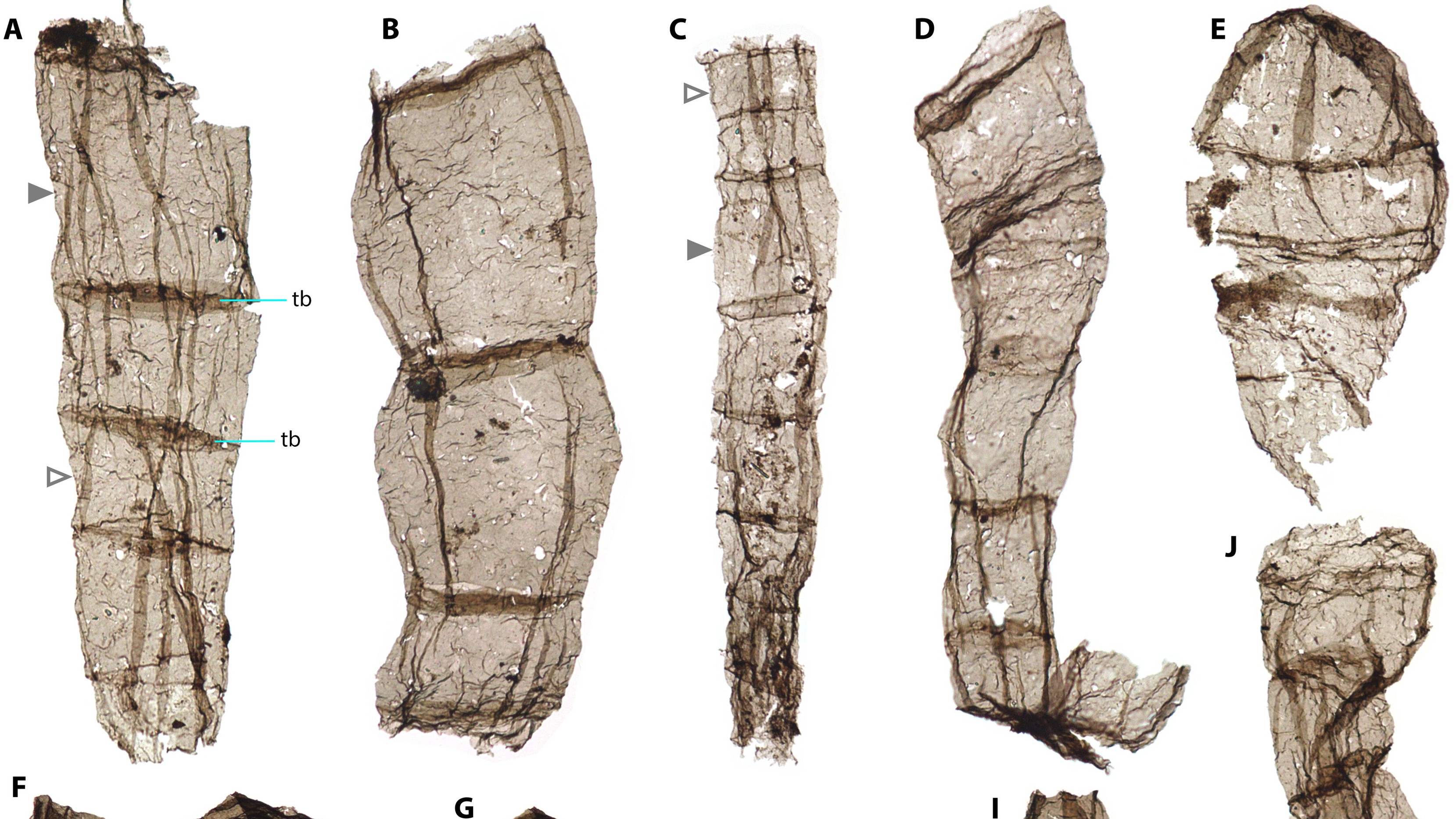Judge blocks first planned hunt of Yellowstone grizzly bears in over 40 years

- The U.S. Fish and Wildlife Service exceeded its authority in taking the grizzly bear off the endangered species list.
- At the end of September, a judge restored federal protections of grizzly bears.
- Watch: Live webcams stationed in the wild let you see bears moving through their natural habitat.
At the end of September, U.S. District Judge Dana Christensen ordered the restoration of federal protections for grizzly bears in the Northern Rocky Mountains. The decision sought to answer the question as to whether or not the U.S. Fish and Wildlife Service exceeded its authority in taking the grizzly bear off the endangered species list in 2017. The judge concluded that they had.
What was in the decision? A recap of how the population of grizzlies reached the point that it did, for one; in 1922 there were 37 separate grizzly populations, and by 1975 that had dwindled to six. There is a cursory summary of the recovery efforts undertaken to rehabilitate the creature, as well as a notation that none of the current grizzly bear populations are close enough to suggest interbreeding. There are methodological details in the text—the fact that it took six years to get an accurate sense of the creature’s population—and there are biological details in the text, i.e., “Grizzly bears have one of the slowest reproductive rates among terrestrial mammals.” It runs for 48 pages, and it’s worth reading in full.
Why deny the attempt to take the grizzly bear off the endangered species list? For some reason, one of the studies the Fish and Wildlife Service relied on to support delisting grizzlies argued that the health of the bear would ultimately be fine because of—and I’m quoting from the judge’s decision here—”new genetic material.”
From the decision again:
“… inadequate regulatory mechanisms existed to ensure a healthy and adequate grizzly population post-delisting; and the Service failed to consider the threat posed to the Greater Yellowstone grizzly by a decline in whitebark pine seed, a substantial source of food.”
The judge’s decision also meant that the first planned hunt of Greater Yellowstone grizzlies in 40 years was blocked. There had been initial plans to hunt 22 bears in Wyoming and one in Idaho. The last hunt of grizzly bears in Yellowstone took place in 1974. They were listed as endangered in 1975.
It’s worth noting that the order from the judge comes in light of the EPA seeking to dissolve its Office of Science Advisor while the Supreme Court court has heard a case that will shape the government’s ability to protect future habitats for endangered species as climate change ruins their current homes. With the former, the agency risks losing someone who helps inform the head of the EPA about “the scientific research underpinning health and environmental regulations.”
The latter is a case that tried to figure out whether or not the EPA could declare an area “critical habitat” if a habitat couldn’t support a species at the time but—with “reasonable effort”—could support a species? As of this writing, there are suggestions the court could ultimately vote 4-4, but the ground that was covered during oral arguments didn’t necessarily give way to any clear through lines of argument either: while Roberts, Alito, and one other justice all spoke about the limits of a potential restoration of a habitat, none of the talk of limitation seemed to necessarily preclude any of the considerations advanced by Sotomayor, Breyer, and others. Breyer—for instance—seemed to think that the authority for a Government agency to restore a habitat already exists.
Regardless of whether or not the EPA dissolves the position, the Supreme Court rules one way or the other, or the grizzly bear keeps or loses its endangered species ranking, you can always watch webcams of bears (this one, if you want to see what’s happening in Yellowstone) that have been set up to get a sense of how these creatures move through the world and why an animal like the grizzly bear would inspire all the action that follows.






